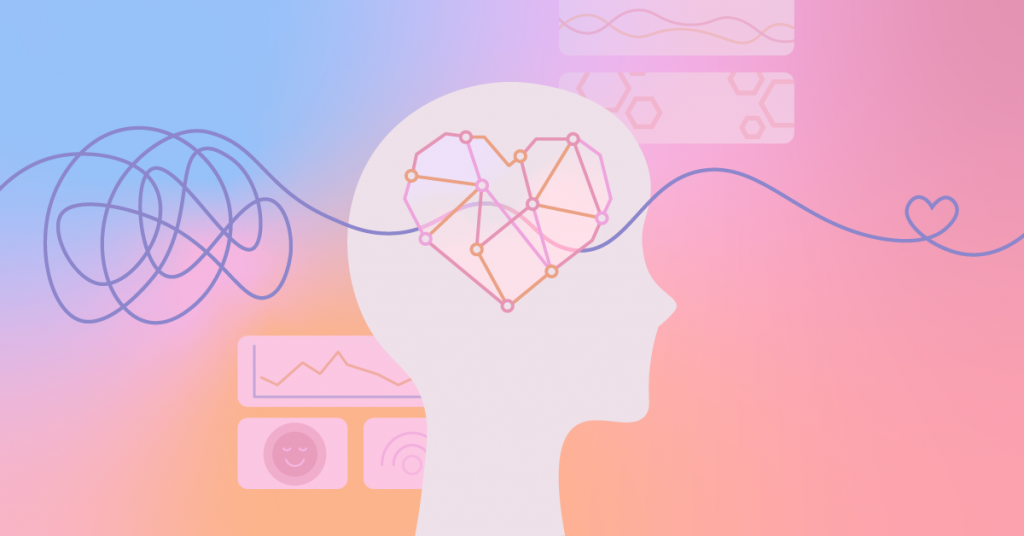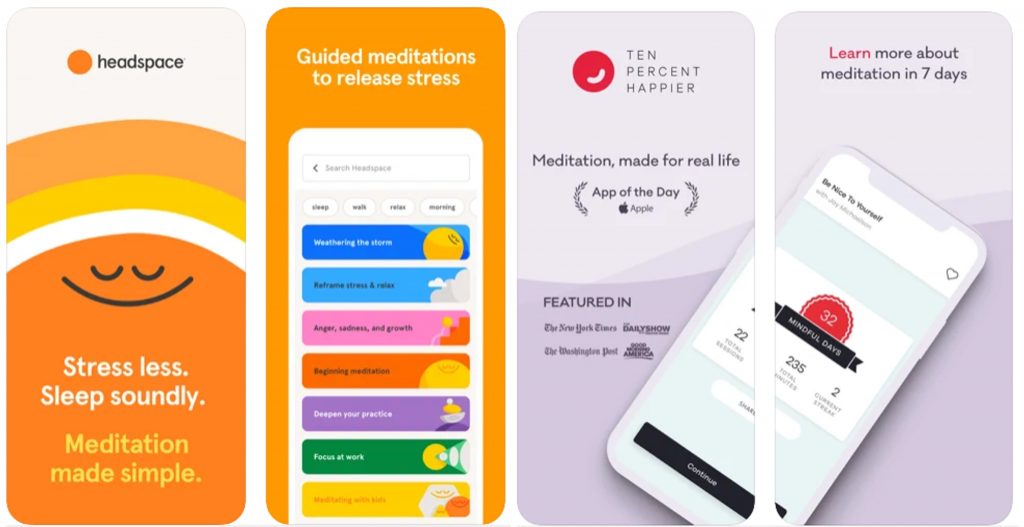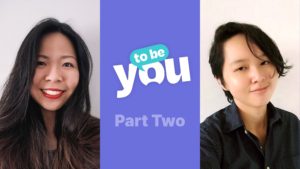
Now More than Ever
As I am writing this, Singapore is moving towards treating COVID-19 as endemic. The pandemic has hit our physical world hard. We are constantly confronted by the uncertainty of the future, caught in a seesaw between cocooning ourselves in our own homes (not by choice) or venturing out into a highly restrictive and nearly sterile environment that contributes little to building human connections. Much of our time is contained in an isolated environment where we are caught in sedentary behaviours that generally lack face-to-face social interactions. Perhaps it is no wonder that the metrics used to measure Singapore’s general wellness, healthy habits and mental health are found to be among the lowest.
In striking contrast, there has been much progress in the digital realm in addressing mental health needs through technology. Last month, Tiktok announced a new feature to help direct users struggling with mental health issues find support when keywords are inserted in the search function. Google Search and Facebook Timeline utilise the information gathered through our online activity to offer relevant resources to users, so as to encourage them to be proactive in finding and getting help easily. This includes directing users to the closest clinics and available hotlines, as well as even offering assistance to make an appointment.
We also see a proliferation of social media accounts that seek to change conversations around mental health: confront difficult topics, give place for support and honesty, offer bite-sized tips and comforting affirmations that help us recalibrate and find balance. Mobile market analytics company Sensor Tower noted that mental wellness apps surged by 2 million during the COVID-19 pandemic and lockdowns.
Using Tech to support Mental Health
Here, we explore three forms of digital tools, ranging from apps that reimagine traditional on-the-couch therapy to websites with all-in-one resource websites. These tools seek to relieve the cognitive demands of accessing relevant support and offer a form of assistance outside of traditional health care settings, at your fingertips, 24/7.
Mental Health Chatbots
Think 24hr-available counsellor or friend offering an objective and empathetic perspective using general talking therapy such as cognitive-behavioural therapy (CBT). The primary goal of mental health chatbots is to help users cope with anxiety and mild depression. Most apps generally operate similarly:
- Use cute and accessible (non-threatening) avatars to interact with users
- Leverage natural language processing (NLP) and sentiment analysis algorithms to handle the flow of the conversation.

I personally tried WYSA and WOEBOT, two prominent players in the market, and found them relatively easy to navigate and use. WOEBOT has supporting features such as a gratitude journal and mood tracker. In WYSA, I liked how I was taken through thought exercises to unpack an episode of emotional dissonance and get unstuck from a pit of useless rumination. On the downside, both chatbots may not respond accurately, and conversation may go in circles. That said, mental health chatbots are useful for those times you just need a listening ear, whether it is to vent or simply talk through things.
Mindfulness apps
Contrary to popular belief, mindfulness is not just for hippies in harem pants, or all about repeating cheesy self-love phrases an excessive number of times. Mindfulness has been found to help reduce stress, control anxiety, lengthen attention span, and improve general wellbeing. A modern take to this actually longstanding practice has swapped out the gong music mysticism for minimalist graphics with enough light-hearted humour to keep you interested in it.

Two mindfulness apps stood out for me: Headspace and Ten Percent Happier. Headspace carries a suite of complementary resources such as workouts taught by Olympians, music for focus periods produced by Hans Zimmer, “Sleepcast” audio storytelling paired with white noise, as well as even courses and meditation exercises for kids. Ten Percent Happier features mindfulness sessions guided by renowned teachers so that even if one teacher’s style doesn’t vibe with you, there are alternatives to turn to for that bit of mental respite. This app also distinguishes itself with short teachings as part of a course-based curriculum, which adds inspiration and a better understanding of the techniques employed.
All-in-one resource platforms

Navigating the social assistance landscape can be confusing and frustrating. Where should one start? What does one look for? Mindline consolidates mental health resources from different sites: helplines, employment support, financial assistance, family and caregiving support, and even health and fitness tips – all in a clear intuitive interface for easy navigation. Mindline has a clinically validated tool that users could share on their real-time emotional wellbeing and directed to appropriate channels of intervention and support. It also links to WYSA and My Mental Health – a microsite with articles written by professionals on coping with mental health issues.
Schemes SG started out as a “help-list” by Weilie, the project lead, to facilitate referral work to Volunteer Welfare Organisations (VWOs). The resource received unexpected traction with both social workers and volunteers, validating the hypothesis that a consolidated directory could address the pain point of having to excavate through a complicated array of information just to find the right assistance. Together with the better.sg tech community, Weilie was able to form a team to scale up the project. Schemes SG leverages natural language processing techniques to direct users to relevant information on social assistance schemes in Singapore. Simply inserting the user’s needs and profile into a single field allows the system to filter out suitable schemes from an extensive repository which includes NGO or VWO schemes that are often left out from government portals.
The Future is Wellness
As with everything in life, these e-mental health tools have their limitations. A 2019 study found that the majority of mental health apps do not provide credible evidence to support their products’ claims. E-mental health tools, particularly those offering self-guided digital therapy programmes, do not claim to replace a doctor’s diagnosis and are unable to intervene when the user requires immediate medical help.
As the usage of such tools grows, it will be useful to formalise a proper assessment tool or app accreditation framework to offer clarity on the risks and benefits of using a specific app. One such scheme is the American Psychiatric Association (APA) app evaluation scheme that seeks to guide informed decision making around the use of smartphone apps in clinical care. Mindtools.io is also a useful non-profit website that consolidates expert reviews of top mental health mobile apps. One should also check out user reviews to assess the quality of the tool prior to using it. That said, there will need to be a balance on the use of such e-mental health tools.
“Given the global shortage of psychiatrists and the lack of mental health care access in rural regions, apps have emerged as a viable tool to bridge the mental health treatment gap. Technology is well-poised to transform how mental health treatment is delivered and accessed, but this transformation requires the combined mobilization of science, regulation, and design.”
Pooja Chandrashekar, Harvard Professor
As we come to terms with the new normal, it is an opportunity not just to define how we battled COVID-19, but also to destigmatize mental sickness, acknowledge the difficulties of the inflicted, and champion the practice of self-care as a priority for everyone. If we ever need a silver lining for COVID, I think that this would be a great one (if not the best) to hold on to.








